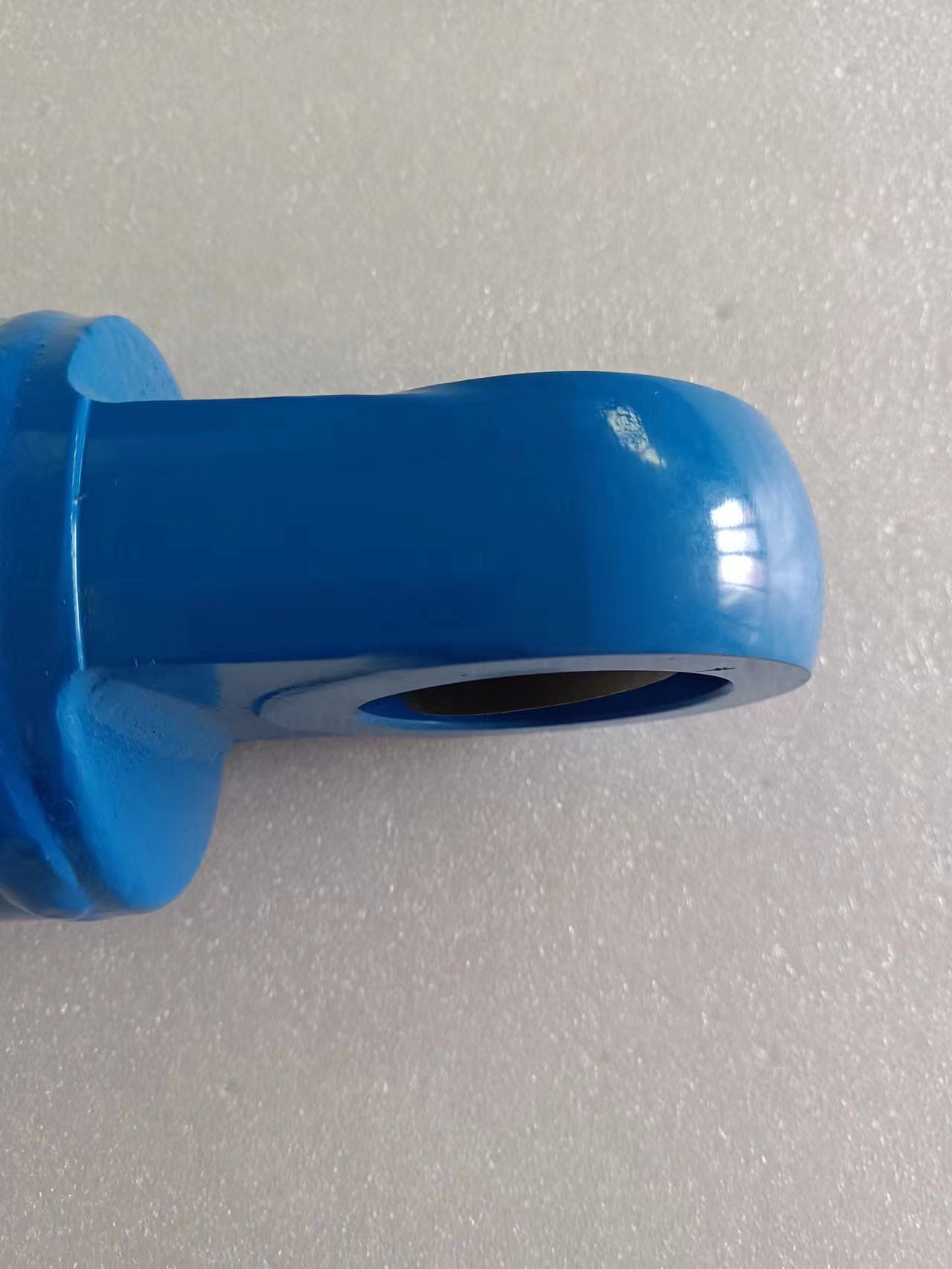Oct . 17, 2024 13:42 Back to list
Hydraulic Telescoping Cylinder Manufacturer for Efficient Machine Performance and Reliability
The Innovative World of Hydraulic Telescoping Cylinders
In the realm of hydraulic machinery, hydraulic telescoping cylinders stand out as a marvel of engineering and design. These sophisticated devices play a crucial role in various industries, offering enhanced lifting capabilities while ensuring compactness. The technology behind hydraulic telescoping cylinders is evolving, and their manufacturing represents a unique fusion of precision engineering and practicality.
Understanding Hydraulic Telescoping Cylinders
Hydraulic telescoping cylinders are essentially a type of actuator that converts hydraulic energy into mechanical movement. Unlike traditional cylinders that extend linearly, telescoping cylinders consist of multiple nested cylinders that extend successively. This design allows them to achieve greater extension lengths while maintaining a smaller retracted size, making them ideal for applications where space is a constraint.
The hydraulic system works on the principle of fluid mechanics. When hydraulic fluid is pumped into the cylinder, it forces the inner cylinders to slide outwards, providing the necessary lifting force. This system is highly efficient, allowing for substantial loads to be lifted with minimal power input, a critical feature in industries ranging from construction to maritime.
Applications in Various Industries
The versatility of hydraulic telescoping cylinders enables their use across numerous sectors. In construction, they are employed in cranes, excavators, and material handling equipment. The ability to extend and retract efficiently allows for operations in tight spaces or high altitudes, optimizing workflow and safety on construction sites.
In the maritime industry, telescoping cylinders are often found in ship jibs and cargo handling systems, enhancing the loading and unloading processes. Their robust design ensures reliability even in harsh environmental conditions such as saltwater exposure, making them invaluable for port operations.
Additionally, the automotive sector employs hydraulic telescoping cylinders in applications like dump trucks and trailers. Their design facilitates quick dumping of loads, improving operational efficiency and reducing turnaround times. Similarly, in the outdoor and recreational sector, these cylinders are integrated into various equipment, such as recreational vehicle lifting systems.
hydraulic telescoping cylinder factory

Manufacturing Process
The production of hydraulic telescoping cylinders involves several meticulous steps to ensure they meet high performance and safety standards. The process typically begins with the selection of high-quality materials, which are essential for durability and resistance against wear and tear. Steel and aluminum are common choices due to their strength-to-weight ratios and resistance to corrosion.
After material selection, the manufacturing process includes precision machining, welding, and assembly. Each layer of the telescoping cylinder must be manufactured to exacting specifications to ensure a perfect fit and optimal performance. After fabrication, rigorous testing is conducted to validate each cylinder’s performance under varying pressures and loads, ensuring that they comply with industry standards.
Quality assurance is a crucial aspect of manufacturing hydraulic telescoping cylinders. Manufacturers implement stringent quality control processes, including non-destructive testing methods, to detect any potential flaws. This diligence not only ensures the longevity of the product but also the safety of the operators and equipment relying on these hydraulic systems.
The Future of Hydraulic Telescoping Cylinders
As technology advances, the future of hydraulic telescoping cylinders looks promising. Innovations such as smart sensors and IoT integration are beginning to transform how these cylinders are monitored and controlled. By implementing sensors that detect load weight, position, and system alerts, operators can enhance efficiency and predict maintenance needs.
Sustainability is also becoming a significant focus in manufacturing processes. Companies are exploring eco-friendly materials and production methods that minimize environmental impact, ensuring the hydraulic systems of the future are not only efficient but also sustainable.
Conclusion
Hydraulic telescoping cylinders are essential to modern machinery, providing compact solutions for lifting heavy loads across various industries. Their complex design and precise manufacturing highlight the importance of innovation in engineering. As technology continues to evolve, these cylinders will undoubtedly adapt, meeting the demands of an ever-changing industrial landscape. The collaborative efforts between manufacturers and users will further enhance their application, ensuring that hydraulic telescoping cylinders remain at the forefront of engineering solutions.
-
Fork Lift Power Units - Hebei Shenghan | Efficiency, Reliability
NewsJul.13,2025
-
1.5-Ton Turbocharged Cylinder-Hebei Shenghan|Hydraulic Solution,Energy Efficiency
NewsJul.13,2025
-
Auto Hoist Power Units-Hebei Shenghan|Efficiency&Industrial Lifting
NewsJul.13,2025
-
Double Acting Power Units-Hebei Shenghan|Hydraulic Solutions,Industrial Efficiency
NewsJul.13,2025
-
1.5 Ton Lifting Cylinder 70/82-40-290-535 - High-Performance Hydraulic Solution | Hebei Shenghan
NewsJul.13,2025
-
Fork Lift Power Units - Hebei Shenghan | Efficiency&Reliability
NewsJul.13,2025
